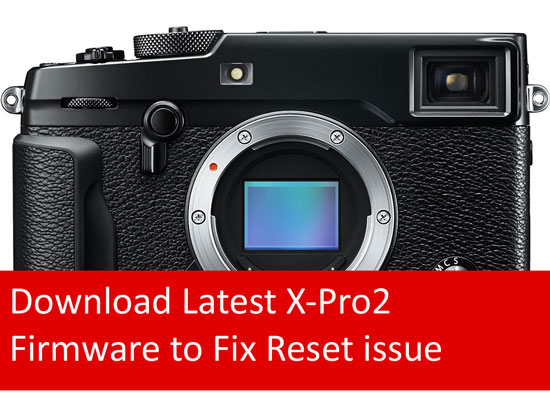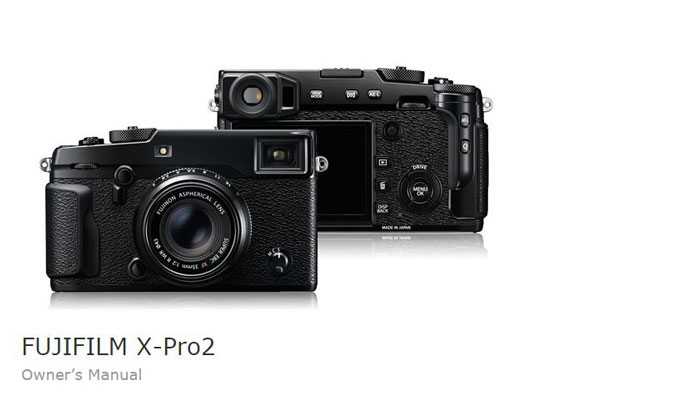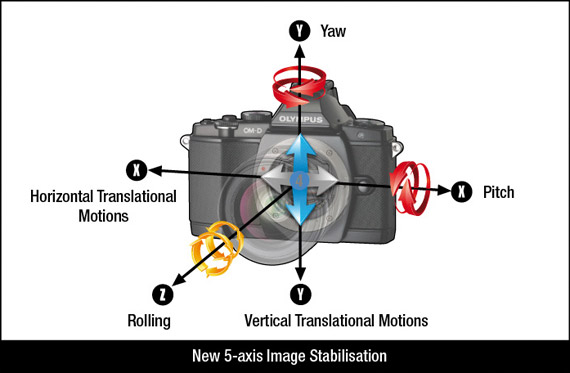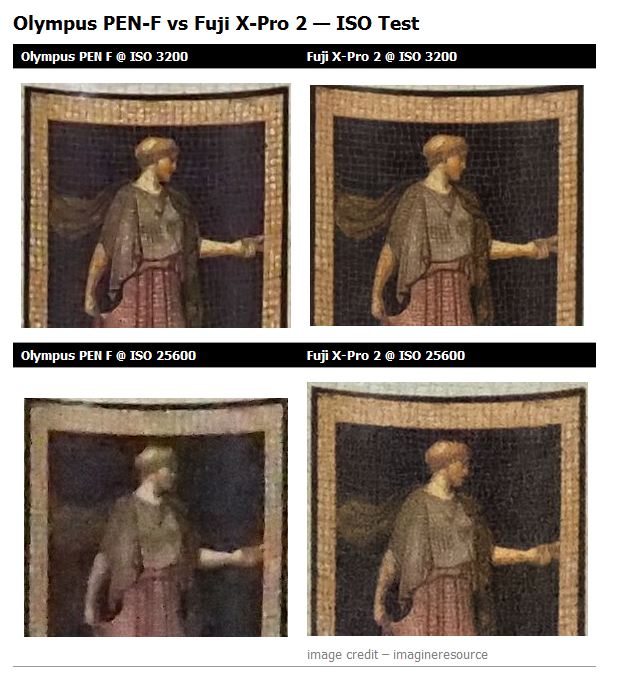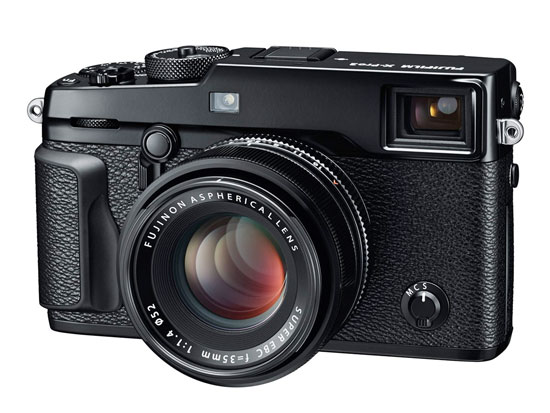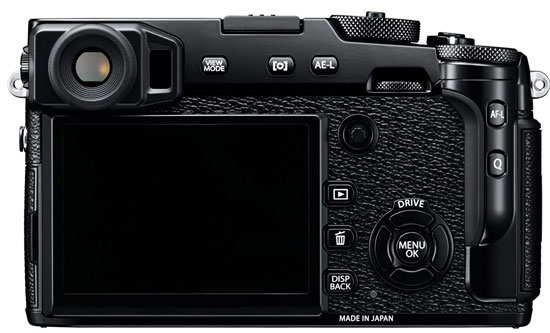Nikon D500 is an excellent camera and currently hold the flagship title of DX format line on the other hand the Fuji X–Pro2 is a flagship APS-C camera of Fuji.

Image size comparison by thenewcamera
The Nikon D500 features newly developed 20.9MP CMOS sensor and EXPEED 5 image processor, the camera feature a unbelievable native sensitivity range up to ISO 51200, which can be further expanded to ISO 1640000. Its almost un-matchable ISO speed of its class. The camera also features newly developed Expeed 5 image processor and it enables 4K shooting upto 30 min with the help of XQD cards. The other biggest advancement is the introduction of most advance Nikon AF Module inside the Nikon D500, Multi-CAM 20K 153-Point AF System features 153-point AF system, which features 99 cross-type points for fast performance..
From the above mentioned features we can clearly see that Nikon puts its all efforts to make a class leading machine.
on the other hand we have Fuji X-pro 2 camera…
The Fuji X-Pro 2 is a complete break-trough in terms of technology, the camera features ultra advance image sensor X-Trans III (3rd generation) that gives image quality equivalent to full-frame DSLRs. The camera ISO goes upto ISO 51200, which is somehow low compared to Nikon D500, the other big disadvatge of X-Pro 2 in front of Nikon is lack of 4K recording mode, the camera is limited to 60fps.
But the sensor technology used by Fuji is far advance than Nikon’s traditional sensors, the Fuji uses Hybrid X-Trans III CMOS AF sensor that features built in 273 points, of which 77 are phase-detection points, Approximately 40% of the imaging area is covered by phase-detection points. The use of X-Trans tech completely rejects the use of low-pass filter and in-return you get ultra sharp images.
| Features/ Models |
Nikon D500
|
Fuji X-Pro 2
|
| Sensor |
20.9MP DX-Format CMOS Sensor |
24.3MP APS-C X-Trans CMOS III Sensor |
| Sensor size |
APS-C (1.5x Crop Factor) |
APS-C (1.5x Crop Factor) |
| Sensor Type |
Contrast Detect |
Contrast + Phase Detect |
| Low pass filter |
No |
No |
| Image processor |
Expeed 5 |
X-Processor Pro Engine |
| AF system |
Multi-CAM 20K 153-Point AF System, 99 cross type
|
273-Point AF with 77 Phase-Detect Points |
| ISO |
50-1640000 |
100-51200 |
| Shutter Min/ mix |
30-1/8000 |
30-1/32000 |
| Continuous shooting speed |
10 fps |
8 fps |
| Video |
4K UHD Video Recording at 30 fps |
Full HD 1080p/60 Video |
| Display |
3.2″ 2,539k-Dot Tilting Touchscreen LCD |
3.0″ 1.62m-Dot LCD Monitor |
| Viewfinder |
Optical |
Advanced Hybrid Multi Viewfinder |
| Hot shoe |
Yes |
Yes |
| Wireless |
Built-In |
Built-In |
| Environmentally sealed |
Yes |
Yes |
| Battery life |
1240 |
350 |
| Dimensions |
147 x 115 x 81 mm |
149 x 112 x 78 mm |
| Weight |
860 g |
495 g |
From the specification comparison table we can see that
Nikon D500 has lower sensor resolution: The Nikon D500 has lower sensor resolution, the sensor of the Nikon D500 is based on traditional CMOS sensor design and it is limited to Contrast based AF while user is using display or shooting videos. Fuji X-Pro2 camera does have bit higher resolution and it also features Hybrid CMOS X-Trans AF sensor that enables high speed AF all the time despite of lightening condition.
Low-pass filter is absent in both the camera, The low pass filter in D500 is physically removed and the X-Trans architecture based X-Pro 2 camera doesn’t requires any low-pass filter.
Image Processor: There variable parameters to judge a image processor of a camera, the Nikon D500 is able to process 4K UHD video, boost the High speed ISO upto 1640000. That clearly tells us that Nikon does have advance image processor.
AF system: The Nikon D500 AF system look bit inferior in front of the Fuji XPro 2 camera, the Fuji X Pro 2 camera features a high density AF system that composed of 273-Point AF with 77 Phase-Detect Points, Approximately 40% of the imaging area is covered by phase-detection points, on the other hand we have the Nikon D500 that features Multi-CAM 20K 153-Point AF System, 99 cross type AF points. The other most important part you should know that the Nikon D500 Phase AF is active only when you are using viewfinder and when you switch to Display or shoot video the contrast AF gets active. But with the Fuji X-Pro 2 camera the high speed AF is always active while you are using display or shooting a video.
ISO: The Nikon D5500 features epic ISO range, now the ISO rating becomes a marketing gimmick for companies however bases on specification sheet the Nikon’s wins by a big margin and Fuji X-Pro 2 limited ISO 51200 look inferior.
Continuous shooting speed: Nikon D500 offers high speed continuous shooting speed compared to Fuji X-Pro 2 camera.
Nikon offers 4K UHD video recording capability on the other hand the Fuji is limited to shooting Full HD video only. 4K UHD movie image format is an area that provides a 1.5x increase in the effective focal length of the lens in use and is reserved for 4K 3840 x 2160 recording.
Nikon does have better display screen that touch operation and it is better than Fuji X-Pro 2 camera.
Verdict: Nikon have extensive lens support of its DX series D500 camera, features better ISO range and able to record 4K video, but the X-Pro 2 camera features advance AF system as well as 3rd genartion of X Trans CMOS Sensor will give more details at base ISO.
New users — If you are looking for a excellent machine and a dedicated still shooter you must go with Fuji X-Pro 2 camera, If you are a Still shooter as well as Videographer you must go with the Nikon D500.
Buy Nikon D500 from B&H and Amazon
Buy Fuji X-Pro 2 from Amazon || B&H
Also see Best Lenses for Nikon D500
